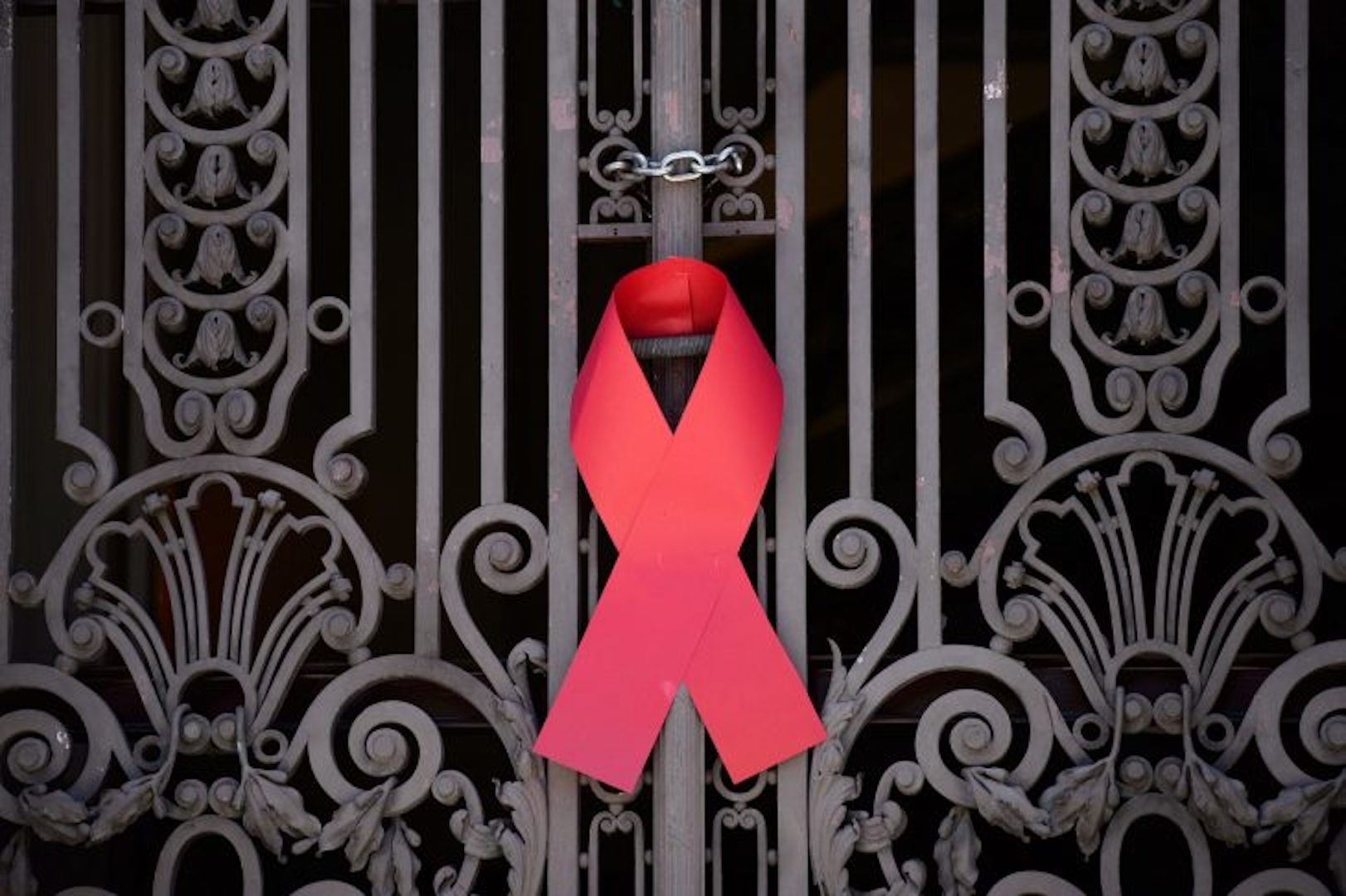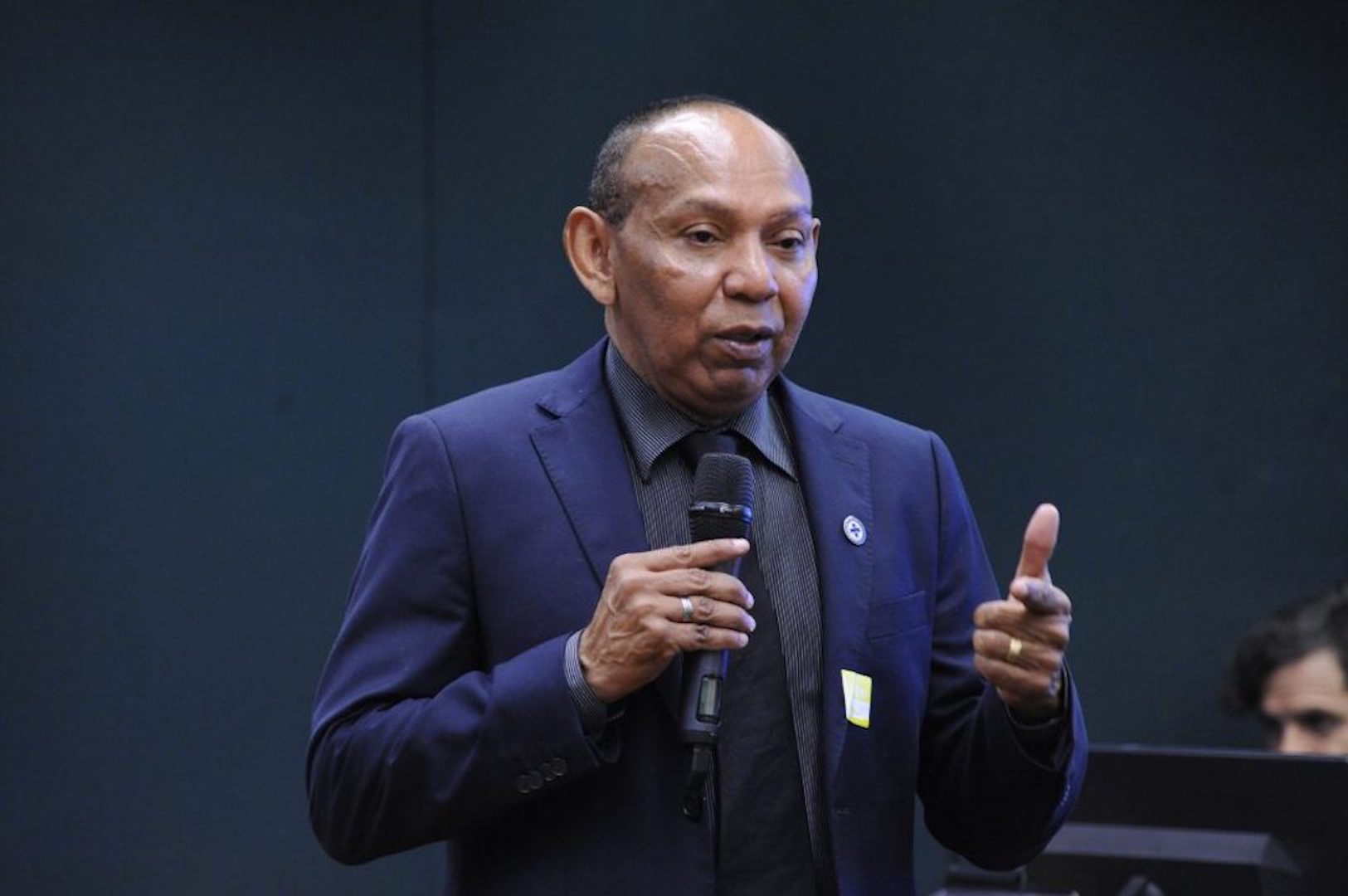SÃO PAULO, BRAZIL – The program to distribute antiretroviral drugs to people living with HIV/AIDS in Brazil is known to be one of the most universal, successful programs of its kind in the world. Experts, however, say other HIV/AIDS prevention programs may be threatened by the current government of President Jair Bolsonaro.

“We are concerned,” Veriano Terto Jr., vice-president of ABIA (Brazilian AIDS Interdisciplinary Association) tells The Rio Times. “What will happen to programs that are not as consolidated, such as PrEP and PeP, is a question mark.”
Since 1996, Brazil distributes free antiretroviral drugs through the Unified Health System (SUS). Brazil’s National HIV/AIDS Program has been recognized as one of the most comprehensive and efficient programs in the world for decreasing mortality rates within the universe of those living with HIV and AIDS. Since 2013, Brazil’s SUS has guaranteed free treatment for all people living with HIV (PLHIV), regardless of viral load.
According to specialists, the program has ‘revolutionized’ treatment and slowed the spread of the virus but Terto emphasizes that the distribution is not done as a government benefit.
“The federal government is simply applying the rules of the SUS; what is written in (Brazil’s) Constitution. Many people believe that it is charity or a grant and it is not…it is a universal right of all Brazilians to health, and if that means that the government has to supply the drugs for people to live than that’s a responsibility they have to fulfill,” he says.
According to Terto more than 80 percent of all people living with HIV/AIDS in Brazil receive antiretroviral drugs.
In 2018, the Ministry of Health also started distributing in many states prevention drugs, such as PrEP (pre-exposure prophylaxis) and PEP (post-exposure prophylaxis). However, the continuation of the efficiency of these programs is uncertain.
“The PReP program is very recent. It needs to be expanded and made sustainable, but with this current Administration we don’t know what will happen. This conservative ‘wave’ which promotes traditional values and family values, and satanizes sexual education and rights hinders prevention,” notes Terto.
One of the first signs that Brazil’s federal government is putting HIV/AIDS prevention programs in the backburner came in May of 2019, when it announced it was deleting the term “AIDS” from the nomenclature ‘Department of Surveillance, Prevention and Control of Sexually Transmitted Infections (STI), of HIV/AIDS’, and replacing the sector’s name with ‘Department of Chronic Conditions Diseases and Sexually Transmitted Infections’.
Critics argue that the Brazilian HIV/AIDS program appears to have been ‘downgraded by the Ministry of Health’. According to them, the department that was once dedicated to the treatment of HIV/AIDS, hepatitis and other sexually transmitted diseases has been restructured to include other diseases such as tuberculosis and leprosy. Diseases with different approaches and handling, says Terto.

“To take out the word AIDS may demobilize local governments that were putting a great deal of effort into prevention. If HIV/AIDS loses visibility, it may also hinder investments made by private philanthropist groups,” says Terto.
The department’s coordinator, Gerson Pereira, however, argued that there was no ‘dismantling of the program’ and that by combining the tuberculosis and leprosy programs with the STD/AIDS and hepatitis programs, the actions would be ‘more rational’.
“These are four diseases that have very large stigmas that we need to work together. The populations (of the diseases) are the same. They are vulnerable and impoverished populations of periphery, with low education,” said Pereira during a public hearing two weeks ago, at the Chamber of Deputies on the Situation of Public Policies for HIV/AIDS in Brazil
According to the data in the bulletin “Epidemiological Overview of TB-HIV Coinfection in Brazil 2019”, published by the Ministry of Health at the beginning of October
people living with HIV are 25 times more likely to develop tuberculosis than people who do not have the virus.
The bulletin also shows that double infection with tuberculosis and HIV increases the chance of death by more than 200 percent compared to people with tuberculosis and without HIV.
“Early diagnosis and regular antiretroviral treatment have a significant impact on the survival of people diagnosed with tuberculosis and co-infected with HIV,” argues Denise Arakaki, coordinator of Ministry of Health Respiratory Transmission Diseases Surveillance.
Despite the arguments there are many who believe that the change will hinder prevention and the access to information for a great part of population that desperately needs it.

“He loses a lot of strength when he is no longer an HIV/AIDS department director who talks to the mayor, the secretary, the State Government, the State Department of Health, international organizations and becomes coordination within the department. The area loses strength, representativeness. So, the risk is real,” said former Minister of Health, Alexandre Padilha at the same hearing.
NGOs working with the HIV/AIDS population have been particularly successful in pushing for change in Brazil but the constant decrease in HIV funding for these entities has severely reduced their operational capacity. At ABIA, for example, current funding for various projects from the federal government is in serious danger of not being renewed.
According to Brazil’s Ministry of Health, an estimated 866,000 people live with HIV in the country. The latest report, released in 2018, revealed that in 2017, 73 percent (30,659) of new HIV cases were reported in males with the highest incidence being among men aged 15 to 24 years. In all, says the Health Ministry, this group concentrates one fifth of new HIV cases in Brazil.
The national AIDS case detection rate is 18.3 cases per 100,000 inhabitants. Over 40.9 thousand new cases have been confirmed in the last five years. In 2019, the Ministry of Health has allocated a R$2.2 billion budget for the area, surpassing that of 2018, which was R$1.7 billion. For 2020, it is estimated that the amount to be invested in the segment will increase to R$2.6 billion.
According to the United Nations Program on HIV (UNAIDS), there are currently over 37.9 million people infected with the HIV virus in the world, of whom 23.3 million have access to antiretroviral drugs.
In July, the UNAIDS reported that the number of AIDS-related deaths had fallen by thirty-three percent in the last decade. According to the entity, in 2010, 1.2 million people died from virus-related complications. In 2018, the number had dropped to 770,000. A great part of the decrease in AIDS-related deaths is due to today’s modern antiretroviral cocktail.

